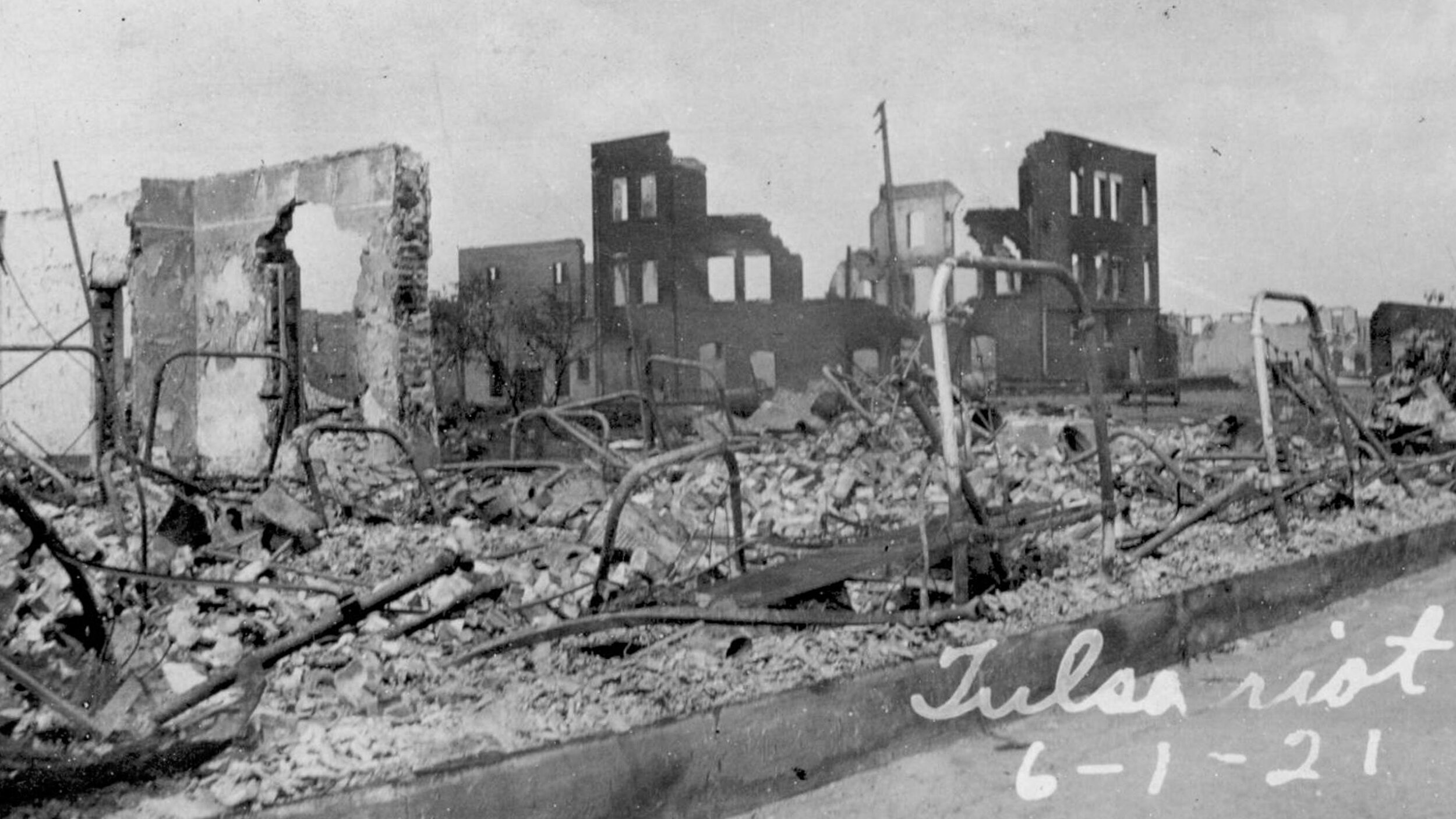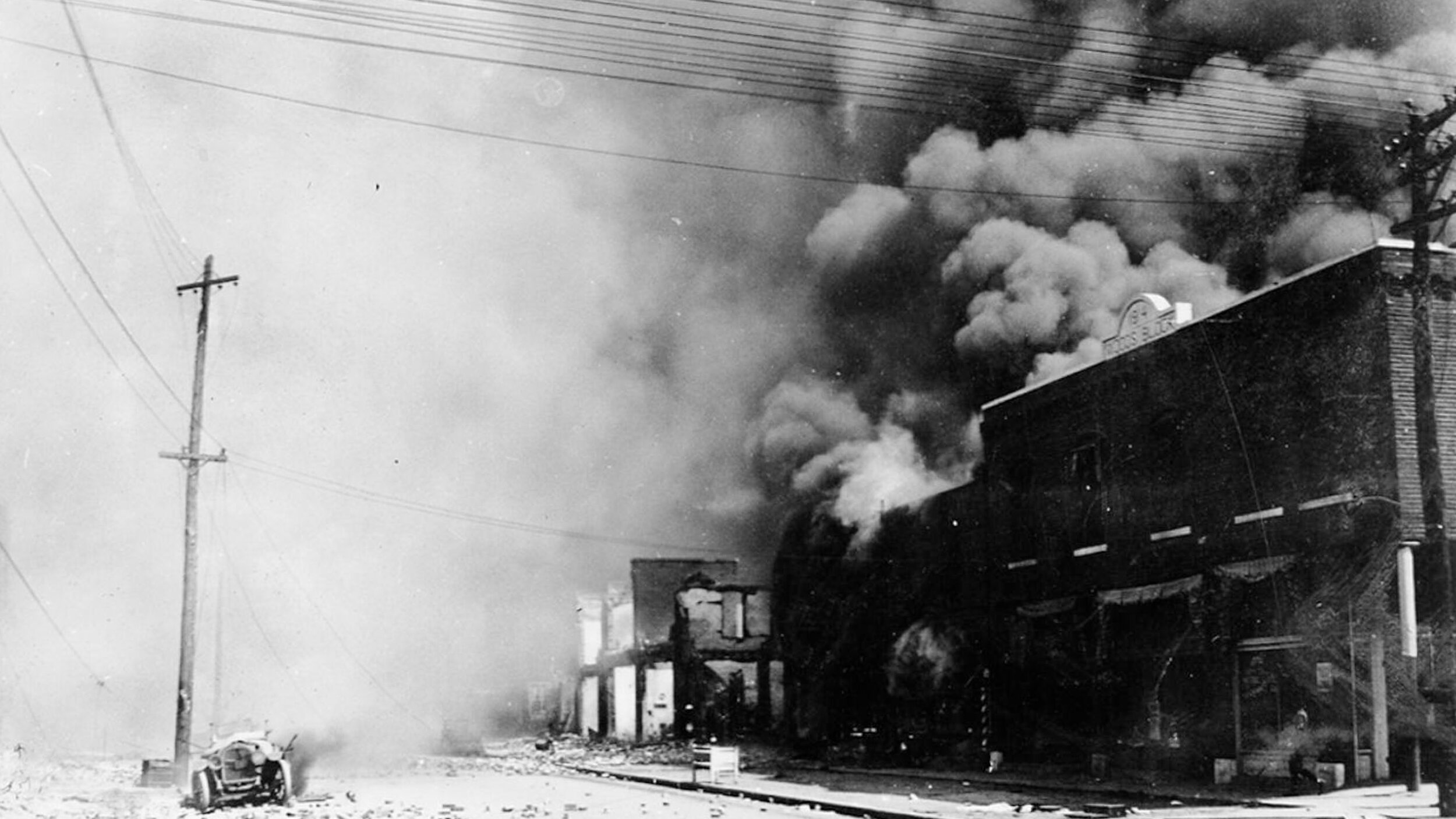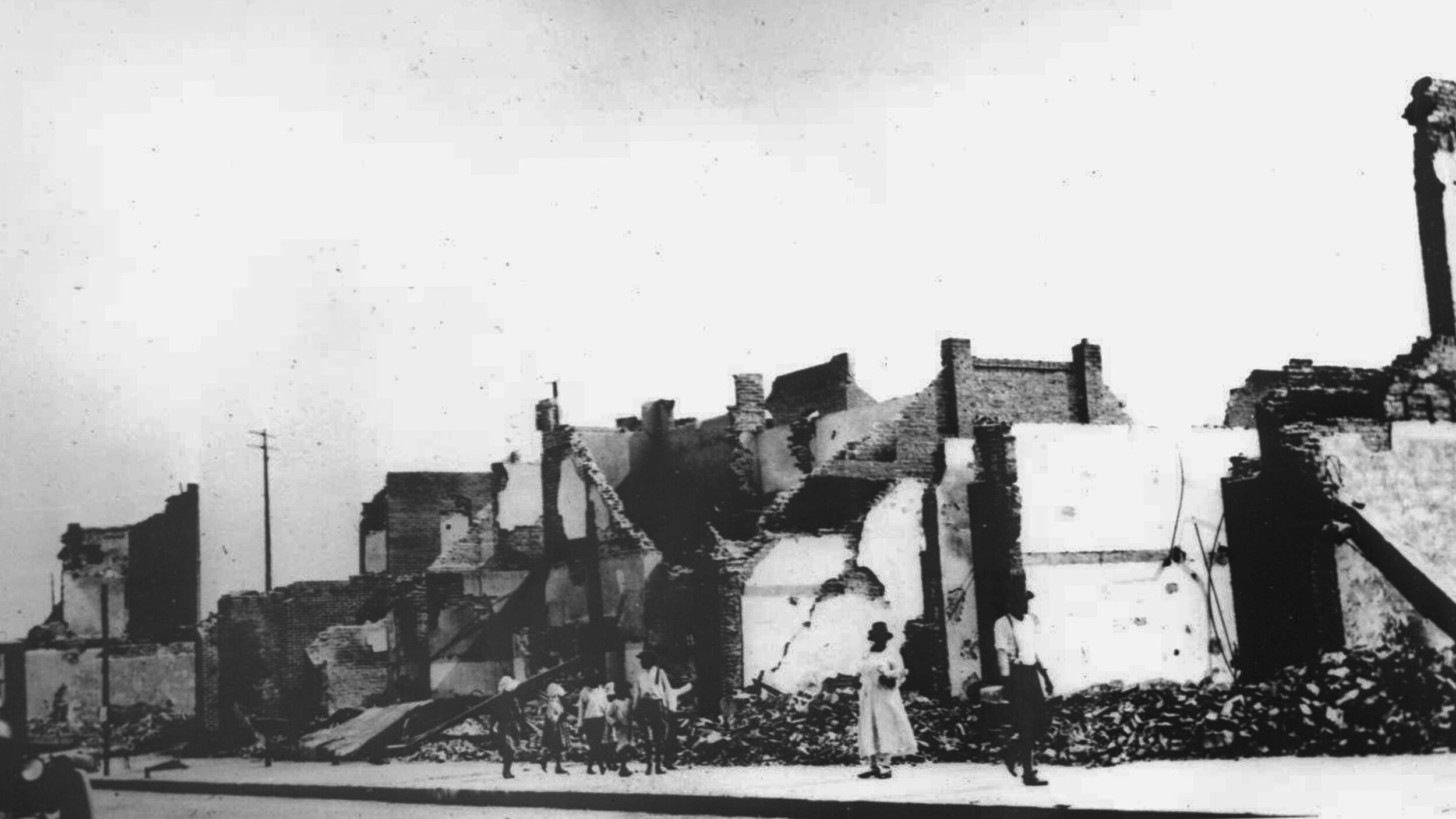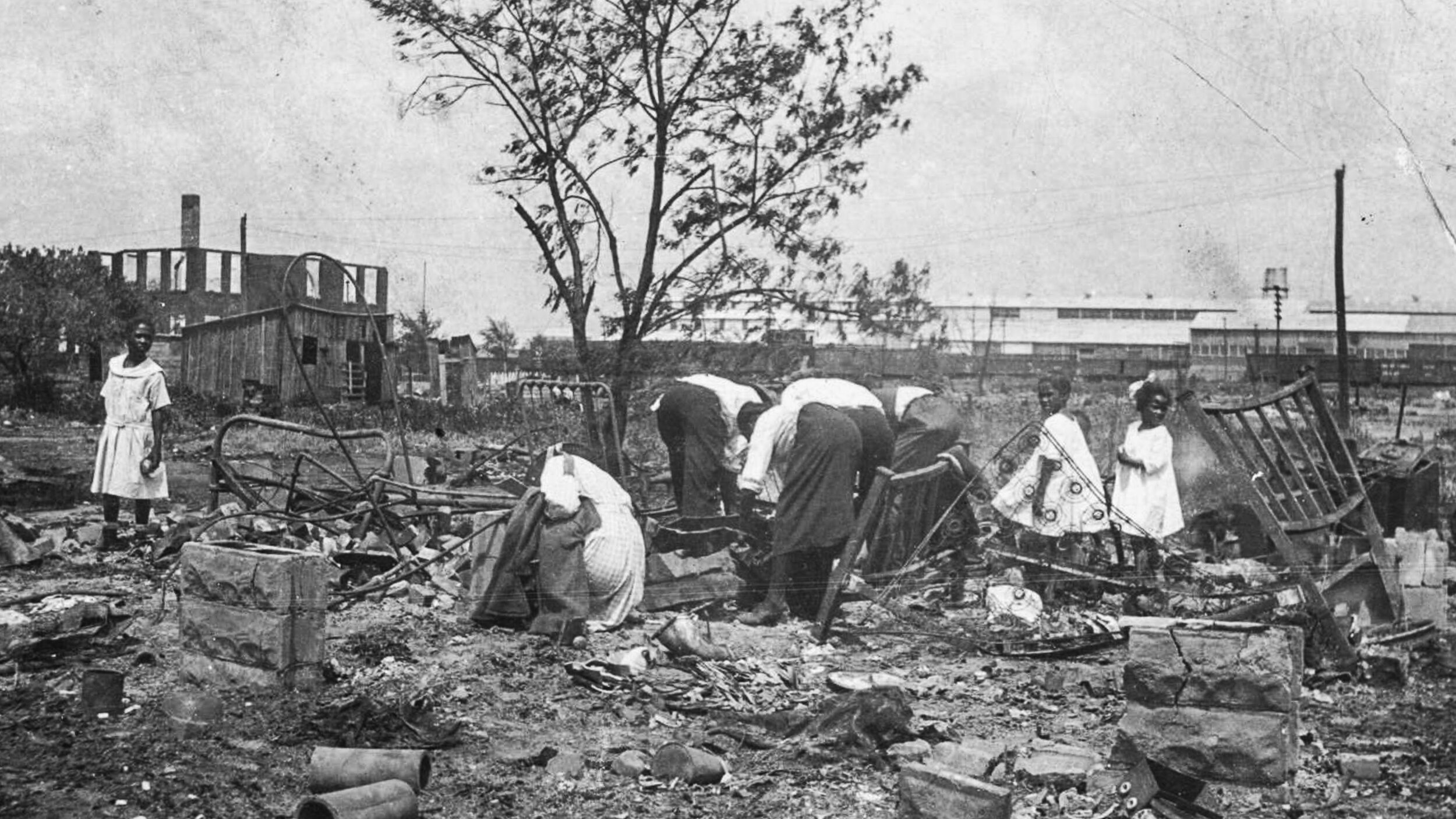HBM142: The Vastness of the Universe
/Image by Jeff Emtman with source material from the 2016 frequency allotment poster and Greg Zaal’s Dikhololo Night via HDRI Haven.
1,420,405,751* hertz is a very important frequency. It’s the frequency that hydrogen radiates at, creating radio waves that can be detected far away. And astronomers can learn a lot about the history and shape of the universe by observing this “hydrogen line” frequency with radio telescopes
Extraterrestrial research astronomers also take a lot of interest in the hydrogen line...and it’s for the same exact reason, though the context is different. It’s thought that if an alien species is capable of communicating with us, wouldn’t they also have figured out the importance of the hydrogen line? And is it possible that just maybe, they’d use it (or frequencies near it) to communicate with us? The theory being that the hydrogen line could be used as a kind of universal hailing channel for intelligent species—a representation of a shared understanding of physics.
Talk of the hydrogen line was front and center in 1977, when an American astronomer named Jerry R Ehman found a very strong signal on the printout from a radio telescope dubbed “The Big Ear” at the Ohio State University. The signal he found was close to the hydrogen line. He noted the abnormality of the strong the signal by writing “Wow!” in red ink on the margins of the printout. The so-called “Wow! Signal” has long been cited as potential evidence for alien communication.
But Dr. Seth Shostak (senior astronomer at The SETI Institute and co-host of Big Picture Science) isn’t convinced. His organization searches for extra terrestrial intelligence across the universe with a high degree of skepticism. And he’s experienced a false positive or two over the years. Seth thinks the Wow! Signal (and other related anomalous signals) are almost always tied back to human interference.
In 1979 (not long after the Wow! Signal), frequencies near the hydrogen line became protected when a group called the International Telecommunication Union (ITU) created a 1000+ page document that included a worldwide recommendation to keep these channels clear for astronomy and SETI purposes, citing the “special importance to mankind to determine the existence of extraterrestrial civilizations.” (see page 920 of the Finals Acts of the World Administrative Radio Conference, Geneva, 1979)
Despite this protection, Seth Shostak says there’s still interference on the hydrogen line from human sources. That interference draws the ire of radio astronomers everywhere. Seth says, “It’s like turning on a bright light in a movie theater—you don’t ingratiate yourself with the patrons.”
Producer: Jeff Emtman
Music: The Black Spot
*Give or take some fractional hertz.
Here Be Monsters’ supporters on Patreon send a small monthly (or yearly) donation to help cover Jeff’s living expenses, help pay contractors, fees, taxes, etc.
Listener Andrew Conkling says he signed up for the Patreon because HBM is one of his favorite podcasts: “I wanted to be part of the journey in seeing it continue.”
Thank you so much, HBM Patrons.











